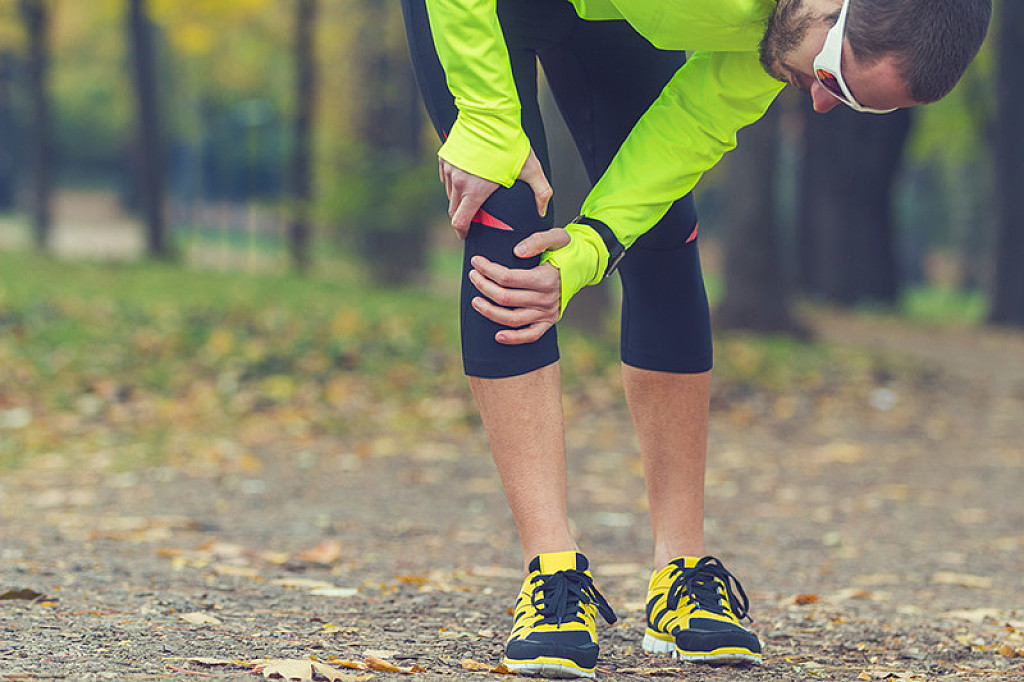Running News Daily
Running News Daily is edited by Bob Anderson. Send your news items to bob@mybestruns.com Advertising opportunities available. Train the Kenyan Way at KATA Kenya and Portugal owned and operated by Bob Anderson. Be sure to catch our movie A Long Run the movie KATA Running Camps and KATA Potato Farms - 31 now open in Kenya! https://kata.ke/
Index to Daily Posts · Sign Up For Updates · Run The World Feed
What to do when injury happens
David Roche, author and coach to many top trail runners, dispenses advice on what to do when injury happens.
Even the strongest runners occasionally get injured. If you think you may be injured and this is not something you’ve dealt with before (or even if it is), running coach and The Happy Runner author David Roche of the SWAP Adventure Team (Some Work, All Play) along with Black Canyon 100K winner Matt Daniels has put together a very simple how-to video for Strava on exactly how to approach the situation.
Roche coaches a lot of successful trail runners like OCR badass Amelia Boone, Western States winner Clare Gallagher, Barkley Marathons finisher John Kelly, Canada’s Kat Drew and Canadian Trail Running’s own Tory Scholz, and his approach is holistic–he’s concerned not just that you take care of the injury, but that you remain, well, a happy runner. While injury prevention is important, Roche acknowledges that we can’t always avoid injury entirely. That’s why he formulated these guidelines on what to do when despite your best efforts, something goes wrong with your body. (Roche coaches road runners too, by the way.)

Here are Roche’s Rules for when you think you might be injured.
1. If it hurts to walk, don’t run.- It may seem like basic common sense, but you’d be surprised how may runners routinely ignore it out of a desire to prove how tough they are, or to reassure themselves that they’re not really injured. But if you run on an injury, it will likely get worse.
2. There’s no shame in stopping.- One of Roche’s biggest assets as a coach is that he talks about shame, something that comes up frequently in injured runners who may think they’re wimping out if they don’t finish a workout (or a race) because something hurts. If you ignore rule #1, fine, but don’t ignore rule #2. Stop and take what Roche calls the Walk of Pride (rather than the more traditional Walk of Shame) back to where you started, and “live to fight another day.”

3. Talk to someone.- Confide in someone close to you that you’re injured, someone who cares about you enough to insist that you seek treatment. Many injured runners put off seeking treatment in the hope that whatever it is will get better on its own. (And we all know where that ends.) Whether it’s your family doctor, physiotherapist or chiropractor, getting seen will not only help you get on the road to recovery, it’ll help you cope mentally, too.
Bottom line, you want to get rehabbed so you can get back out there ASAP. If you follow Roche’s three rules, there’s no reason why you can’t do just that.
by Anne Francis
Login to leave a comment




